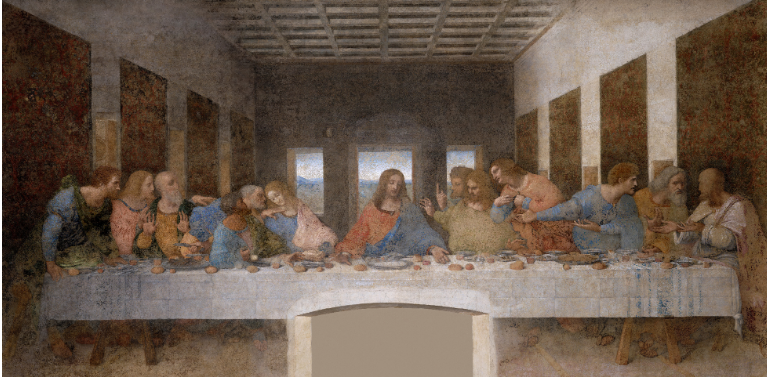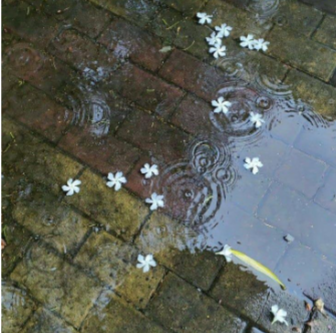Films, films, films - Part 2 By Blanka Pillár
- Breanna Crossman
- Sep 9, 2023
- 3 min read
Adventuring between genres - some special film genres from around the world
In Films, films, films - Part 1, we introduced some major stylistic trends, and now, in the second part, we will give you a brief film guide if you want to see more than what is on TV!

Via The Guardian
Dogma film
These unique works are the result of the avant-garde film movement of the 1990s. Two of the Danish directors mentioned in the first part of this two-piece article, Lars von Trier and Thomas Vinterberg, initiated these auteur films that emphasized acting, subject matter, storytelling, and naturalism. Directors must adhere to the strict 'Ten Commandments,' which stipulate that films must be shot on location, with a hand-held camera, without props, music, or optical filters, must not contain any shallow action, murder, or weapons, and must not include the name of the filmmaker. Highlights include the 1998 Cannes Film Festival winner, considered the first film in its genre; The Celebration, also made in 1998, The Idiots, and the later Italian for Beginners, made in 2002.
Mockumentary
A sub-genre of film comedy, the subject of a mockumentary is a documentary-like representation of some kind of existing situation, while the story is told in the opposite way to how it would happen in reality, thus mocking the style of documentary films. Typical examples are the British The Office, its American remake, and another situation comedy, Parks and Recreation. In the former, the viewer expects to follow the daily life of an office, and in the latter, the busy everyday life of a city maintenance department, but the mockumentary does the opposite. The genre was already existed in the 1950s, and around the turn of the millennium, several comical works built on tricking the viewer. However, not only entertainment is included here; the famous psychological horror The Blair Witch Project also adds to the list of victim documentaries.
Situational comedy (sitcoms)
Situational comedies of radio origin use regular characters and situations in which the primary source of humor is the character, actions, and conflicts of these characters. Sitcoms can be divided into two categories: single-camera and multi-camera groups, which differ in their camera techniques and production methods. Single-camera (Modern Family, Brooklyn Nine-Nine, Arrested Development, The Office, New Girl) are filmed in a cinematic style, in different locations, shooting 3-4 minutes per day, without a live audience. The multi-camera sitcoms (Friends, The Big Bang Theory, Seinfield, That 70s Show) are filmed on stage, in front of a live audience, operate with laugh tracks, and are shhot in a single evening. In this case, the punchline always comes at the end of a sentence, and a humorous delivery is almost expected at set intervals. In contrast, in single-camera shows, the joke often comes irregularly during a dialogue. There are also hybrid comedies (How I Met Your Mother), where the shooting method is single-camera, but the laugh track is kept, which is typical of multi-camera comedies.
Film recommendations
Want an action-packed eighties movie?
You might like Die Hard (1988)!
Would you like to immerse yourself in the world of the formidable French avant-garde?Luis Buñuel's Belle de jour (1967) could be for you!
Fancy an independent romantic classic with a picturesque Viennese setting at its heart? Check out Before Sunrise (1995)!
Want to see an early Tarantino script directed by Tony Scott?
You could easily go for True Romace (1993)!
Would you like to have a glimpse into the English gentry of 1956 as a film adaptation of a Nobel Prize-winning work of literature?
Don't miss The Remains of the Day (1993)!
Watch, enjoy, think! What are films for if not this?
Blanka Pillár (she/her) is a sixteen-year-old writer from Budapest, Hungary. She has a never-ending love for creating and an ever-lasting passion for learning. She has won several national competitions and has been a columnist for her high school’s prestigious newspaper, Eötvös Diák. Today, she is not throwing away her shot.



Comments